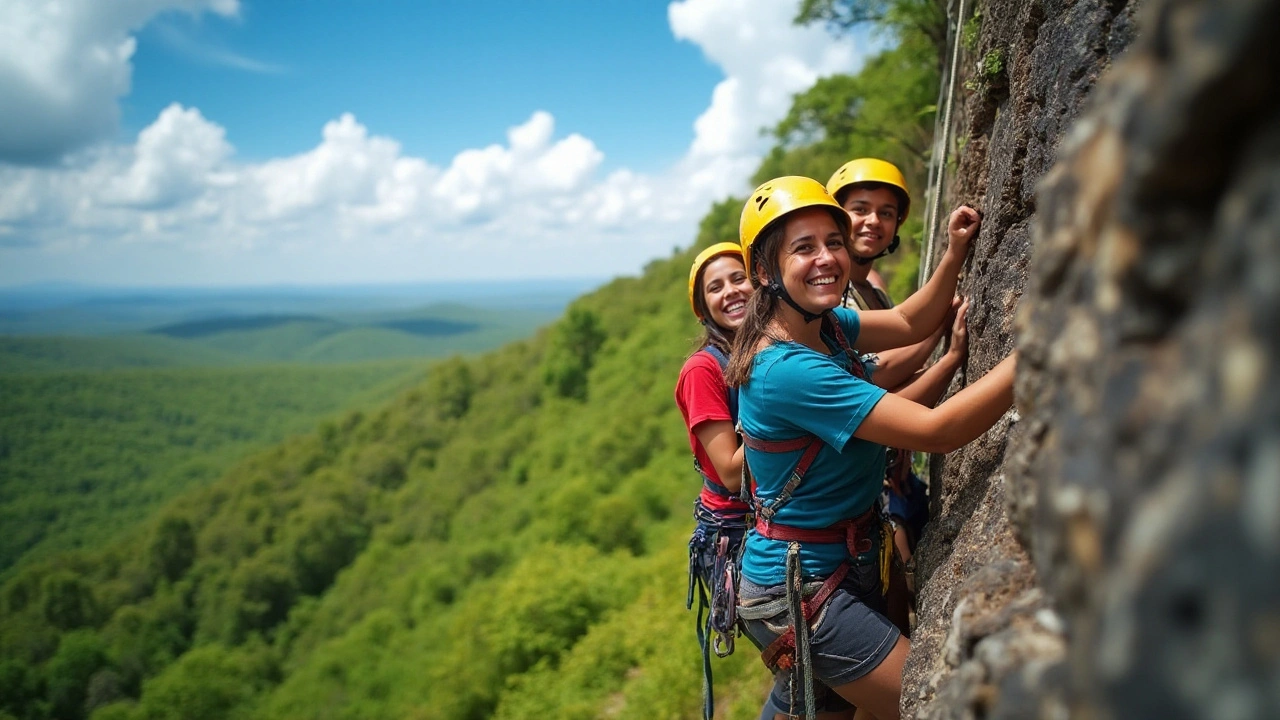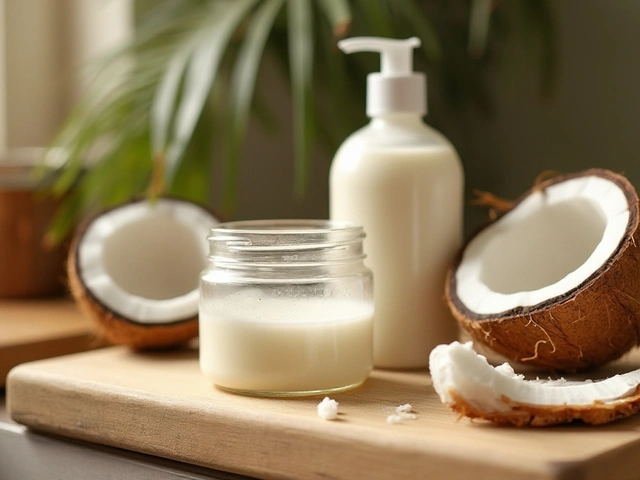Outdoor activities for dogs: simple ways to boost health
Want a dog that’s calmer at home, stronger on walks, and less likely to get injured? Outdoor activities are the fastest, cheapest way to help. A 20–40 minute outdoor session a day—tailored to your dog’s age and breed—does more than burn energy: it improves heart health, joints, mood, and focus. Here’s a practical plan you can use right away.
Why outdoor activity matters
Fresh air and movement reduce stress, lower resting heart rate, and build muscle. Dogs that only get short yard time often develop boredom behaviors like chewing or barking. Outdoor activities give real stimulation: new smells, uneven ground that challenges balance, and short bursts of speed that strengthen tendons. For seniors or dogs with arthritis, low-impact outdoor options like slow walking or swimming preserve mobility without adding pain.
Start by matching activity to fitness. Puppies need short, frequent play sessions. Adult dogs often do well with brisk 20–40 minute walks plus short runs or games. Older dogs do best with gentler walks, scent games, and swimming. If your dog has a heart or joint condition, check with your vet before increasing activity.
Practical outdoor ideas and safety tips
Here are cụreate ideas you can try this week, with safety steps so your dog stays healthy.
- Nose work walks: Let your dog stop and sniff for 5–10 minutes during a walk. It mentally tires them and lowers stress.
- Interval play: Alternate 3 minutes of brisk walking with 2 minutes of play or trotting. Repeat 3–5 times to build endurance without overdoing it.
- Short hikes: Start with easy trails and carry water. Take breaks and watch paws for wear on rough ground.
- Swimming: Great for joints and core strength. Use a life vest for beginners.
- Controlled fetch on soft grass: Avoid hard surfaces if your dog is young or has joint issues.
- Agility basics: Low jumps, weave poles, and balance work improve coordination. Keep obstacles low and sessions short.
Safety first: bring water, take shade breaks, inspect for ticks after outings, use a padded harness for pulling dogs, and watch for heat signs (excess panting, drooling, wobbliness). Trim paw hair and use paw wax or boots on hot or icy surfaces. Keep ID tags and a basic first-aid kit on hikes.
Recovery matters as much as activity. After a session, offer cool water and five minutes of light walking to cool down. Gentle massage along the shoulders, hips, and along the spine helps clear tension and speeds recovery—focus on long, soft strokes, not deep pressure. Adding omega-3 foods or supplements can support joint recovery, but ask your vet for doses.
Try one new outdoor activity this week—maybe a short swim or a scent walk—and build from there. Small, consistent outdoor habits give big gains in mood, mobility, and overall canine wellness.

Hakali: Adventure Awaits in This Hidden Gem Destination
Hakali is a paradise for adventure seekers, offering a range of thrilling activities amidst stunning natural landscapes. From rock climbing to white-water rafting, this destination promises excitement for all levels of adrenaline enthusiasts. Stop dreaming and start packing for an unforgettable experience in Hakali.

Exploring the Health Wonders of Coconut Oil
Oct, 4 2024



